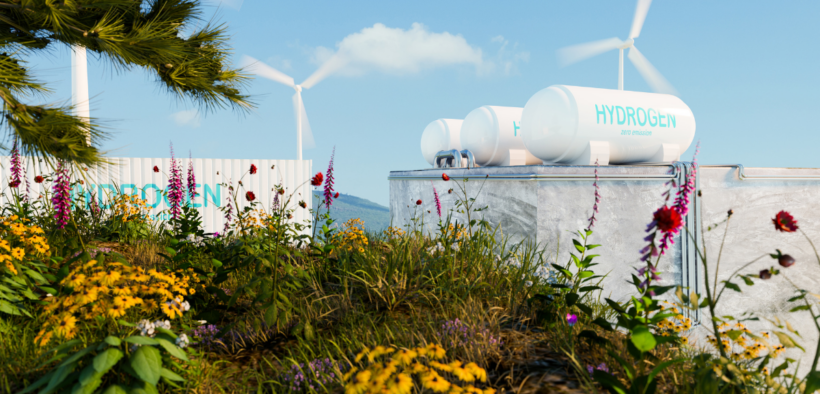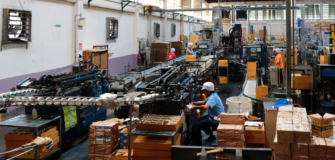The first containerised hydrogen electrolytes and fuel cell system in the Northern Territory was built and delivered by Pacific Energy.
This significant accomplishment is important for the joint effort with Charles Darwin College at their Renewable Energy Microgrid Hub for Applied Research and Training.
It is an innovative modification of Pacific Energy’s award-winning solar stand-alone power system, which it calls the Hydrogen Stand-Alone Power System or H2 SPS.
The H2 SPS is made to use power from CDU’s specialised Renewable Energy Grid Testing Facility to make renewable hydrogen. It has four Enapter electrolytes, a PowerCell 5kW fuel cell, a battery, and inverters.
After that, the hydrogen is kept in pressurised containment vessels until it is needed to make electricity. The fuel cell combines oxygen from the air with hydrogen gas when power is needed to produce electricity that can be seamlessly integrated into the grid.
During testing, the framework has previously shown its ability by creating hydrogen and conveying 5kW of electrical result.
With the possibility to supply 8.6kW of three-stage power through its inverters and battery, the particular plan guarantees adaptability.
“At Pacific Energy, we are keenly focused on transitioning Australia, and the world, to a clean energy future. That’s why we’re excited to be a part of projects like this one, which will help us overcome some of the challenges we currently face when integrating hydrogen into the renewables mix,” said Pacific Energy’s CEO, Jamie Cullen.
CDU’s Pro Vice-Chancellor of the Faculty of Science and Technology and Director of the Energy Resources Institute, Professor Suresh Thennadil, featured the meaning of this hardware redesign in propelling hydrogen investigation.
“This upgrade provides a unique and flexible platform to study renewable energy systems, particularly small regional and remote grids, which are common throughout the NT,” Thennadil said.


















































Follow us on social media